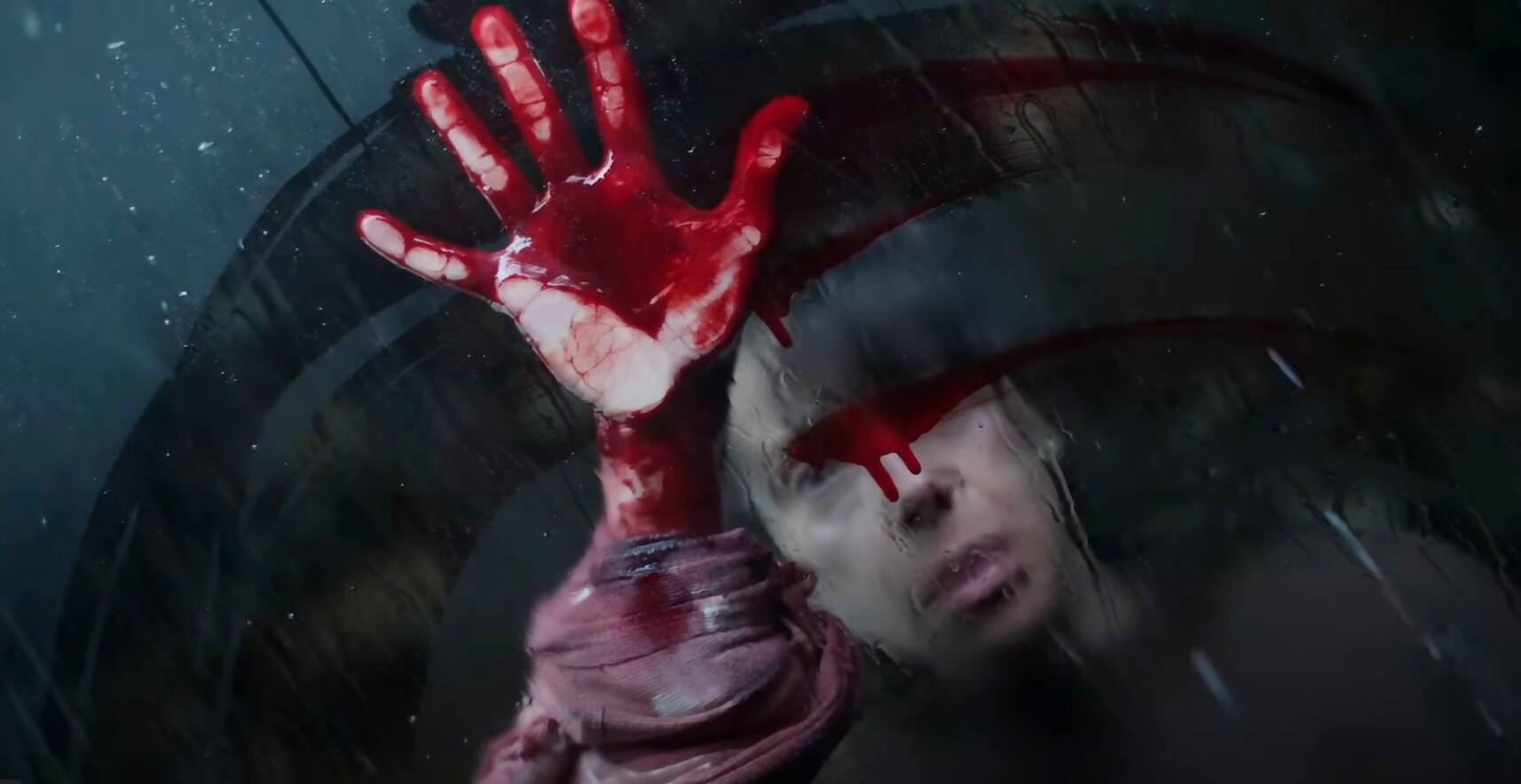
The directors of Talk To Me return with another technically assured horror that isn’t for those of a nervous disposition. Our review of Bring Her Back:
Do you like your horror like a ghost train ride? Or do you prefer something altogether darker and more incisive? Bring Her Back, the second feature from Australian director brothers Danny and Michael Philippou, is a merciless descent into trauma and despair. And in terms of its acting and filmmaking, it’s difficult to fault. Those walking in hoping for Blumhouse-esque genre thrills should, however, approach with caution. This is a far more uncompromising horror than even the brothers’ debut, Talk To Me – which was hardly Count Duckula, let’s face it.
Bring Her Back follows a pair of siblings, the partially-sighted Piper (Sora Wong) and her older step brother, Andy (Billy Barratt). A tragic incident puts them both in the care system, where they soon end up being looked after – if that’s the right term – by Laura (Sally Hawkins), an eccentric yet welcoming foster mother who lives in a modern and surprisingly large house in the middle of nowhere. Laura lost her own daughter a period of time earlier, and her grief still tells on her face; we’re invited to imagine the sequence of events that led to her to live in such a spacious place, with its asymmetrical swimming pool and rambling gardens, only for her life to fall into quiet disrepair.
Before Andy and Piper show up, the only other person in the house besides Laura is another foster child – the wide-eyed, unspeaking Oliver (Jonah Wren Phillips), a kid who appears to have suffered his own traumatic past. There’s surely a reason why he has a tendency to stand out in the pouring rain, or glide through a room without saying a word. (“Oh, it’s just Ollie,” becomes Laura’s refrain for much of the film – one that takes on new meanings as the story unfolds.)
Bring Her Back establishes a naturalistic tone right away: the strength of Barratt and Wong’s performances is such that it’s easy to buy the reality of their relationship in all its various nuances – Andy’s love and protectiveness over his sister, but also a background hum of resentment over the way their father favoured Piper over him. Piper, meanwhile, perfectly embodies a young girl reeling from the sudden loss of a parent just as she hits awkward adolescence. The Philippous’ direction underlines the pair’s shock and sense of displacement: Piper hugging her father’s pillow as the sun warms her face; Andy imprisoned by the oppressive babble of rain. (The sound design here, from the watery backwash to the grislier moments, is a consistent standout.)
Their characters established, the Philippous gradually darken their colour palette, and part of the film’s sometimes unbearable tension springs from its gradual breaking of taboos. Bring Her Back, much like Laura, is a master manipulator: testing boundaries, pushing people to the limit of what’s acceptable before pulling back and attacking from another angle. In its orphans and guardians with hidden agendas, Bring Her Back could be seen as a modern twist on The Turn Of The Screw – a gothic chiller adapted into multiple plays and movies, including Jack Clayton’s 1961 classic, The Innocents. It’s a film that deals – albeit in the most extreme terms – about the horror that goes on behind closed doors and behind the eyes of seemingly respectable people.
The sheer level of peril and suffering Bring Her Back puts its young cast through sets it apart, however, and the levels of bloodshed that unfold later in the film are likely to be too much for some audiences. The gore in the Terrifier franchise is one thing; when it’s allied to a plot with such youthful, well-realised characters, the effect is truly withering.
That the moments of horror have such bracing impact is a testament to the quality of filmmaking from all involved. Sally Hawkins’ turn as Laura may in time end up in the pantheon of great horror performances; its range and sheer fearlessness is mesmerising. (Given some of the things the story asks Hawkins to do, it’s a wonder she didn’t read the script and immediately run for the hills.)
Between this film and Talk To Me, the Philippous have established themselves as some of the most accomplished young directors working in horror. Amid the blood and anguish, there are some captivating shots and sequences, realised by cinematographer Aaron McLisky: a slow dissolve from a face half submerged in a bath to rainwater shimmering in a swimming pool. The recurring use of circles in the compositions. Its imagery and sound come together to create something quite spellbinding – or if you’re of a certain disposition, something so nightmarish you’d prefer never to see it again.
Bring Her Back is in UK cinemas (finally) on the 26th July 2025.






